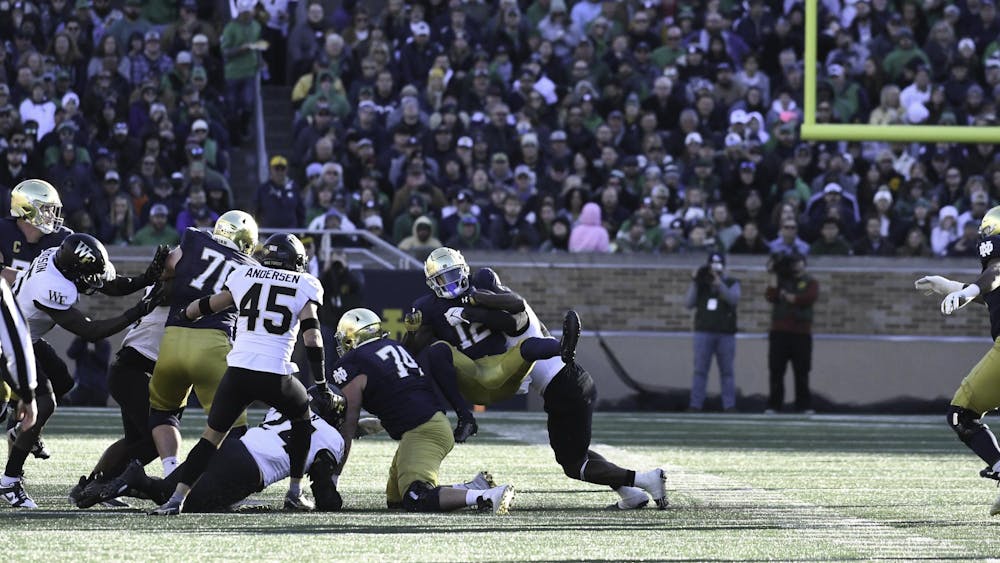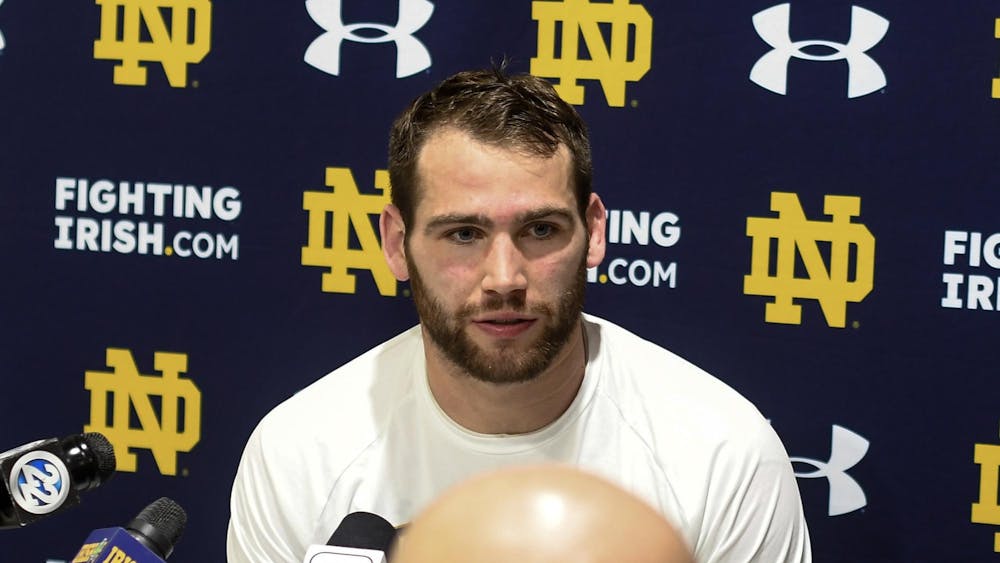Let's start here: This column isn't intended to be an attack against the University of Alabama, nor its football program. I think Nick Saban is one of the best coaches in history, and I absolutely love the tradition surrounding the school.
But the BCS National Championship Game on Jan. 7 represents more than a clash between the SEC and the rest of the country. It's about more than how to count national championships, reclaiming Bear Bryant's legacy or proving Notre Dame is back. The South Beach Showdown (or, more accurately, the Miami Gardens Matchup) is a clash between two different philosophies about the role of college football and the way each program treats its student-athletes. That difference shows up throughout a program, but maybe nowhere more so than in the way coaches recruit.

Alabama - along with many of the other schools in the SEC - participates in a practice known as "oversigning," which has been well documented by sites such as Oversigning.com. To explain it, let's take a generic example. The NCAA allows football teams to have 85 players on scholarship in a given year. Let's say a school graduates 25 scholarship players from a full roster, leaving 25 scholarship slots open. The intent of the rule - and the way Notre Dame, among many other schools, operates - is that the coaching staff would then sign 25 high school seniors to National Letters of Intent in the spring, filling an 85-man roster by the start of fall camp. If the team has an unexpected departure to injury or transfer, the coaching staff will usually fill it by offering a senior walk-on a scholarship for one year.
If this school were to oversign, however, it would sign more than 25 high school seniors to National Letters of Intent (sometimes far more - Texas A&M currently has 34 verbal commitments to its class of 2013), and then would get down to 85 by the start of fall camp in a number of ways. The coaches might ask incoming players to pay their own way for a semester or go to another school (sometimes a junior college) before enrolling, freeing the scholarship in a process known as "grayshirting." Often, struggling returnees are nudged to transfer - or, in a worst-case scenario, their scholarship is not renewed. That's right, NCAA scholarships are one-year scholarships renewable for up to a total of five years. They are not required to be long-term commitments.
Now, oversigning is a permitted technique, at least by the letter of the NCAA rulebook. But when a coach participates in oversigning, he is offering a player something much more akin to a one-year free agent contract with a franchise option than a multi-year deal. The university isn't putting the student-athlete's best interests first, and it's a disservice to collegiate athletics.
Of course college sports are, in large part, about creating exposure universities simply couldn't have in any other way. For many programs (like Notre Dame, Texas and Ohio State), athletic departments are even healthy sources of profit, though whether that profit goes toward academics varies from school to school. But in an age where players can generate exposure and revenue to such a massive extent there's serious discussion about paying them, not even giving players the benefit of a long-term commitment is even more unfair.
Yes, a few players will have long, lucrative professional careers. But most will not. Given how much those scholarship players give to their university - if not on Saturdays, then on the practice field, contributing to the on-field product - isn't it the least a university can do to fully support them through four or even five years of earning their degree? You might respond that Alabama had a 75 percent Graduation Success Rate (GSR) in the latest report. That's true, but the GSR doesn't measure the graduation rates of any players who transfer out of the university, like those who often get hurt by oversigning. I applaud the fact that Alabama is in the top 10 in the GSR rankings. That's a sign the university is committed to supporting the athletes that do stay in Tuscaloosa - which is more than we can say for many other schools. But oversigning still casts its specter over the Crimson Tide and the entire SEC, and it isn't good for college athletics.
I'm glad Notre Dame both treats its athletes the way it does and still finds success on the field. It's for this same reason I'm excited both Stanford and Notre Dame will probably be near the top of next year's preseason polls. I want programs to treat their athletes as true student-athletes, and to commit to them for more than a year when the athletes are willing to do the same. I want that model to succeed, and I want it to have a coming-out party Jan. 7 in Sun Life Stadium. Isn't that bigger than the result of any game?












